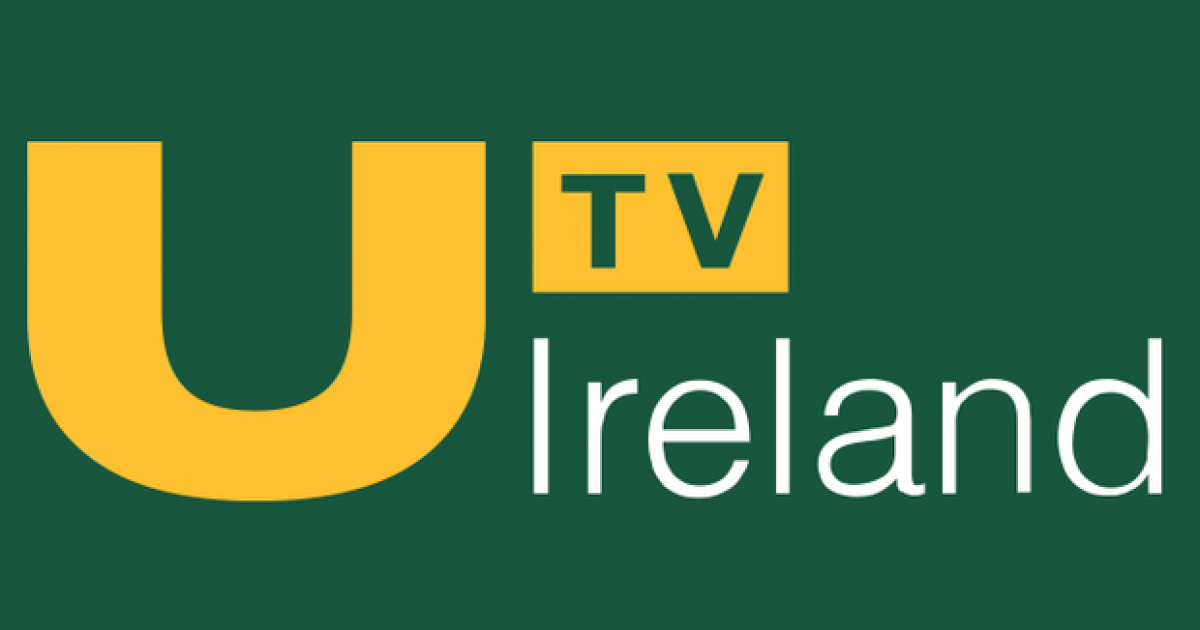Pipelines form the lifelines of numerous industries, facilitating the transportation of essential resources like oil, gas, water, and chemicals. Ensuring their integrity is paramount to prevent leaks, spills, and catastrophic failures that could result in environmental damage, financial loss, and potential harm to human life. Among the various measures taken to uphold pipeline integrity, pressure verification emerges as a critical practice. In this article, we delve into the best practices for conducting pipeline pressure integrity verification to maintain safety, reliability, and regulatory compliance.
Understanding the Importance of Pipeline Pressure Integrity:
The integrity of a pipeline system hinges on its ability to withstand operating pressures without compromise. Pressure verification serves as a litmus test, affirming that pipelines can endure the stresses they encounter during regular operations. This verification process involves assessing the pipeline’s capacity to maintain pressure levels within safe thresholds, thereby detecting any weaknesses or vulnerabilities that may exist. By conducting pressure integrity checks regularly, operators can identify potential issues early, preempting costly repairs and mitigating the risk of accidents.
Comprehensive Inspection Techniques:
A thorough pressure integrity verification entails employing a diverse range of inspection techniques tailored to the specific characteristics of the pipeline in question. Traditional methods such as hydrostatic testing remain effective for assessing overall integrity by subjecting the pipeline to increased pressure levels while monitoring for leaks or deformations. Additionally, advanced technologies like intelligent pigging and acoustic emission testing offer more nuanced insights into the condition of pipelines, detecting anomalies such as corrosion, cracks, and stress concentrations with greater precision.
Technology Integration for Enhanced Verification:
The integration of technology plays a pivotal role in enhancing the efficacy and efficiency of pressure integrity verification processes. Remote monitoring systems equipped with sensors enable real-time data collection, allowing operators to track pressure variations and detect abnormalities promptly. Furthermore, the utilization of drones equipped with thermal imaging cameras facilitates aerial inspections of pipelines, enabling swift identification of hotspots indicative of potential leaks or structural weaknesses. By leveraging these technological innovations, operators can streamline their verification efforts and proactively address emerging issues before they escalate.
Proactive Maintenance Strategies:
Pressure integrity verification should not be viewed in isolation but rather as an integral component of a proactive maintenance strategy aimed at preserving pipeline integrity over the long term. Implementing predictive maintenance methodologies, such as condition monitoring and risk-based inspection scheduling, enables operators to anticipate potential failure points and prioritize maintenance interventions accordingly. By identifying and addressing underlying causes of degradation before they manifest as critical issues, proactive maintenance strategies contribute to the longevity and reliability of pipeline systems.
Regulatory Compliance and Industry Standards:
In addition to safeguarding against operational risks, pressure integrity verification is imperative for ensuring compliance with regulatory requirements and industry standards. Regulatory bodies impose stringent guidelines governing the design, construction, operation, and maintenance of pipelines to mitigate environmental impacts and safeguard public safety. Adherence to these regulations necessitates diligent pressure integrity assessments conducted at regular intervals, with documented evidence of compliance maintained for auditing purposes. Moreover, adherence to industry standards such as those outlined by the American Petroleum Institute (API) fosters a culture of excellence and accountability within the pipeline sector, driving continuous improvement in safety and performance.
Conclusion:
The integrity of pipelines is non-negotiable, given their pivotal role in sustaining essential infrastructure and facilitating economic activities. Pressure integrity verification stands as a cornerstone of pipeline maintenance, serving as a proactive measure to detect and address potential vulnerabilities before they escalate into catastrophic failures. By embracing comprehensive inspection techniques, integrating cutting-edge technologies, adopting proactive maintenance strategies, and ensuring regulatory compliance, operators can uphold the integrity of their pipeline systems with confidence, safeguarding against risks and reinforcing their commitment to safety and sustainability.

Recent Comments